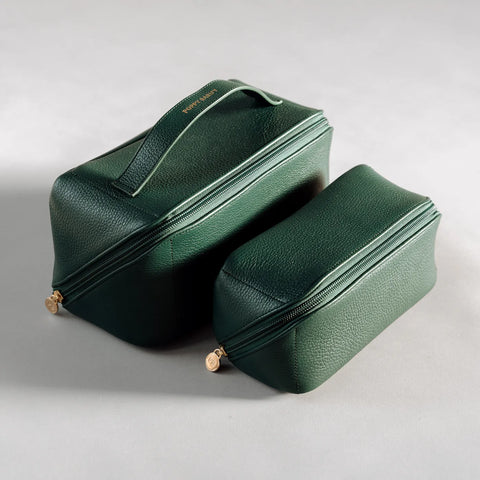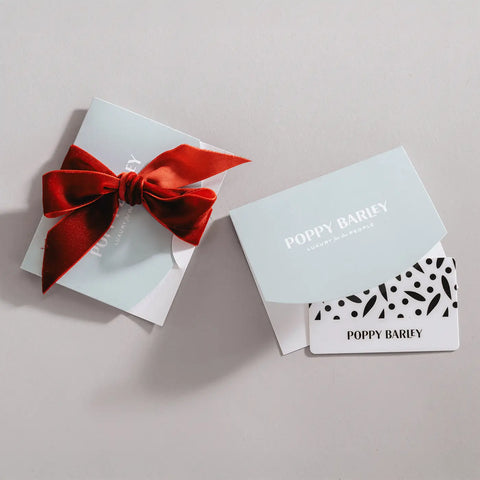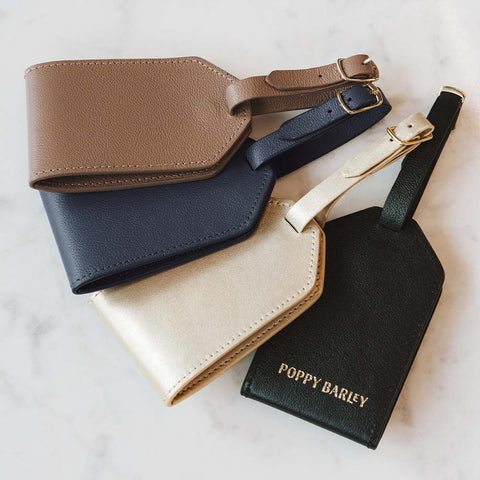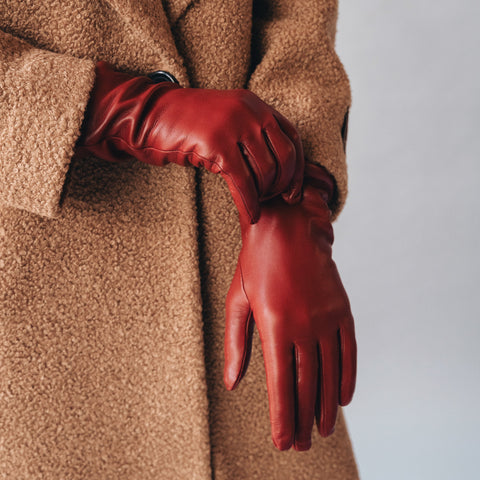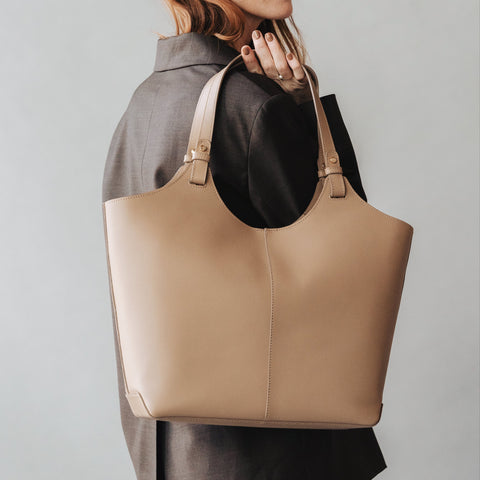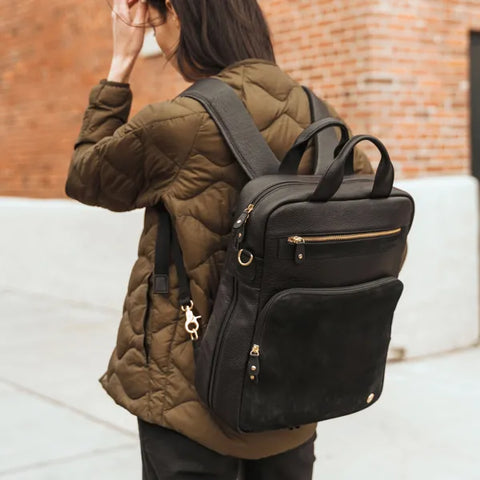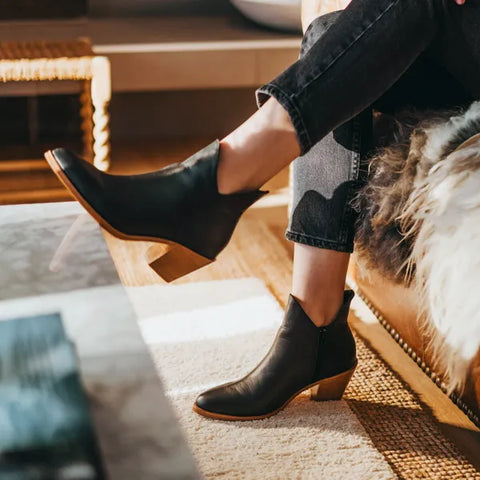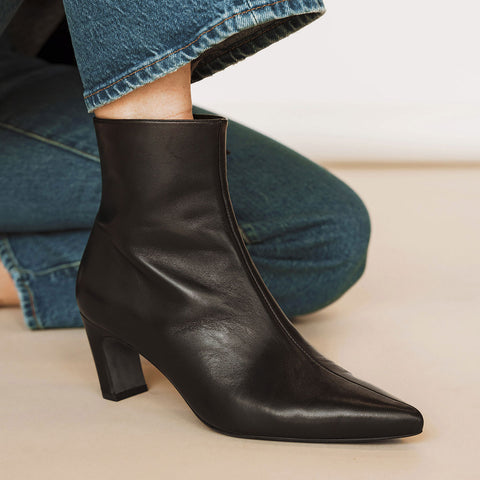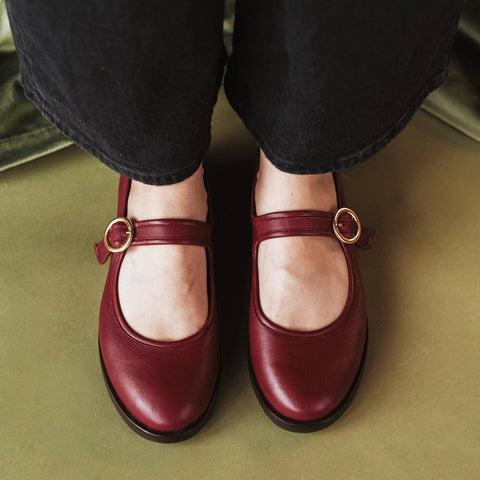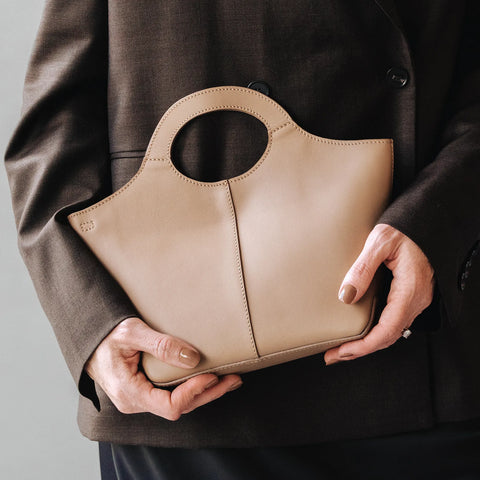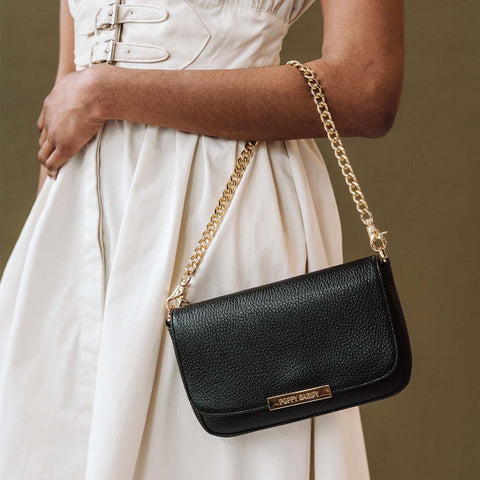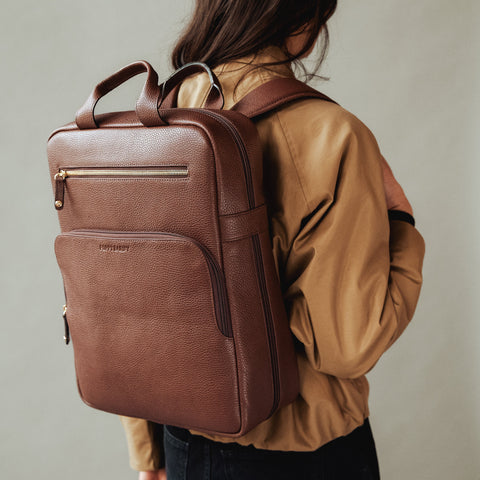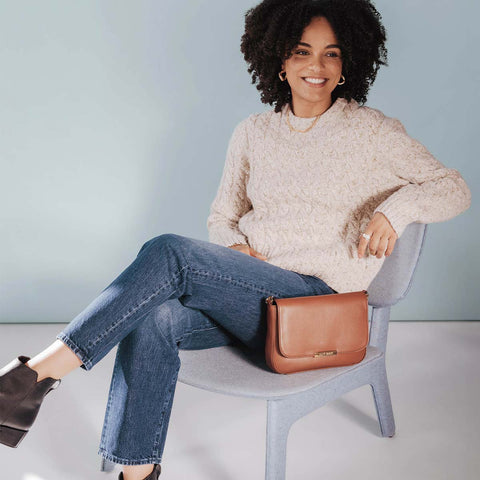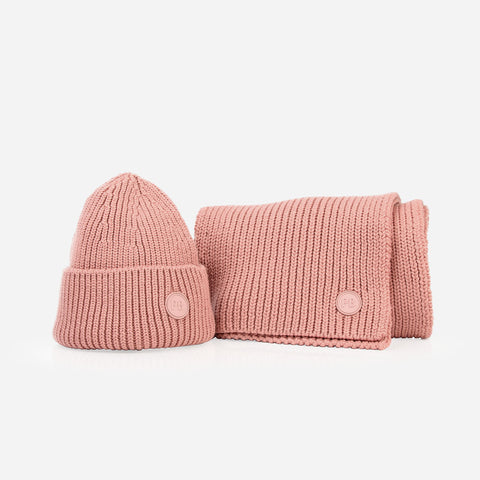Behind everything you wear, including your shoes, is a person with a sewing machine. Despite that, the vast majority of us know nothing about that person—male, female, age, aspirations, family life—or about the factories that make our stuff.In fact, some brands don’t even know how their own merchandise is made, since they sub-contract sourcing and overseeing the manufacturing to middlemen. This amazing disconnect is so common, we are just beginning to question it--prompted in part by disasters like the Rana Plaza factory in Bangladesh that infamously collapsed in 2013, killing 1,137 people. So, what do we know? We have the country of origin (Made in Mexico, Italy, Bangladesh etc.), which is helpful, but far from perfect. Why? Partly because it refers only to the last stop in what is often a global journey, but mostly because a country does not guarantee outright good or bad conditions. Marsha Ann Dickson, chair of the Fashion and Apparel Studies department at the University of Delaware, explains: “People tend to think 'Made in USA' is always a good thing. In many cases it is. But, I’ve been to lots of factories all over the world and the worst I’ve ever seen were in Los Angeles.” In fact, the Department of Labor estimates that more than half of the 22,000 sewing shops in the US violate minimum wage and overtime laws. On the other hand, there are some good factories everywhere--including China and Bangladesh.

On the streets of León, Mexico, where Poppy Barley makes its shoes.

At Fernando's factory in León, Mexico.
So, it's important to also look at the factory level before labelling something as "good" or "bad." Poppy Barley manufactures in León, Mexico, a city we chose after a global search for its depth of shoemaking talent, incredible local supply chain (it is one of the world’s most complete leather manufacturing centres) and proximity to our market (since we make custom footwear and ship it weekly, proximity matters a lot). After selecting León, it has always been very important to our values as a company that we manufacture ethically. So how do we do that, and what does the word "ethically" mean to us?
Justine Barber, co-founder of Poppy Barley, visiting our main factory in León, Mexico.

A Poppy Barley leather stamp.
First, we directly source all our manufacturers and have employees in León who visit each factory multiple times per month (if not weekly), including regular unscheduled visits. (We also send people from Canada at least once per year to visit all our factories.) This is important, because just by regularly being in a building, you know things--like whether the factories look structurally strong, if employees have freedom of movement, if fire escapes are clear and, generally, if working conditions are safe. It also serves as an audit function for things you can ask about--for example, whether child labour is used, or if there's verbal abuse--but, ultimately, you don’t know for sure without being there regularly. Finally, you can tell a lot by the atmosphere in a factory--whether the employees seem happy, how they interact with their boss, if you see the same faces year over year--just by being there.
Making the Strappy Sandal at Lupita's factory.

Lasts at the Poppy Barley factory

Poppy Barley flats ready to ship!

On our most recent visit to León, Baby Jude was the star of the show.
Secondly, we have long-term relationships with all our factories (we presently work with four) and provide consistent work, instead of changing suppliers to find the cheapest contracts for manufacturing. This helps our factories provide permanent and secure employment, and doesn’t create constant cost pressure. (This also enables us to keep our quality very high because we're focused on constantly improving with our current factories, rather than moving to cheaper ones.) In fact, one of the initial reasons we decided to offer Ready-to-Wear (our in-stock product) was to provide steady work in the fashion off-seasons to prevent lay-offs. Most importantly, we screen all our footwear and accessory factories before on-boarding them to ensure they meet our standards for working conditions and human rights. Currently, we are using a company-developed tool based on the standards in International Labour Standards set by the International Labour Organization that screens for both negative and positive working conditions in the categories of 1. Wages and Benefits, 2. Working Conditions, 3. Worker Rights and Freedoms and 4. Health and Safety.
One of Poppy Barley's leather suppliers in León, Mexico.


-
Wages and Benefits
- Screening for questions about employee status (permanent or contract), the average wage and lowest wage, the length of the working week, and if Mexico’s laws are being followed or exceeded for benefits like vacation and sick days. One of our standards is that the average wage meets or exceeds the standards for a living wage in Mexico and that the living wage is earned in a work week of 48 hours or less. Mexico’s minimum wage is very low, so just paying the minimum wage is not enough for us. (A living wage is defined as "A wage that is high enough to maintain a normal standard of living." In other words, if you work full time, you should not live in poverty.) For reference, in Edmonton, Canada's living wage is $17.36 per hour. Our factories pay an average of 6 to 8 times the minimum wage for a total weekly salary, which is at or above the highest average wage in Mexico for the manufacturing sector. This exceeds what the Secretariat of Labour and Social welfare in Mexico sets as a living wage for a family in Mexico. Employers also contribute monthly to a mandatory and comprehensive benefit system that includes health care, daycare subsidies, social security, and housing benefits for all permanent employees.
-
Working Conditions
- Lays out standards for things like free access to drinking water, clean and sufficient bathrooms, and secure space to store personal effects. Most factories also have facilities like lunch rooms, bike racks, green spaces etc.
-
Worker's Rights and Freedoms
- This is a large section ensuring that standards for international human rights are being met. This includes things like prohibiting child labour, forced labour, discrimination, all types of abuse, and ensuring rights like freedom of movement, freedom of collective bargaining, freedom of association etc.
-
Health and Safety
- Here, we look at a factory’s accident record, health and safety training and certifications, insurance, the soundness of the building and equipment, fire exits and extinguishers, and policies for things like hazardous waste disposal.


Poppy Barley co-founder Justine Barber with her son, Jude, on a recent product development trip to Mexico.

 On a more personal note, one of my absolute favourite things about Poppy Barley is visiting our factories in Mexico, learning about how things are made, and meeting our shoemakers and factory owners. I feel good about the way we manufacture, but recognize that it is still imperfect. While we are lightyears ahead of a lot of sweatshop factories in the world, are we doing enough and what else can or should we do? What about the rest of our supply chain?
On a more personal note, one of my absolute favourite things about Poppy Barley is visiting our factories in Mexico, learning about how things are made, and meeting our shoemakers and factory owners. I feel good about the way we manufacture, but recognize that it is still imperfect. While we are lightyears ahead of a lot of sweatshop factories in the world, are we doing enough and what else can or should we do? What about the rest of our supply chain?


 Where we’ve landed is that we want to be transparent with our customers. We want you to join us on this journey to--every year--strive to make that imperfect better, and amplify and improve the impact we have. This also extends beyond manufacturing to other choices we make, like a recent switch to recycled boxes, and our employees and community impact in Canada.
If you have any questions about how we manufacture, please don't hesitate to contact me at justine@poppybarley.com
Where we’ve landed is that we want to be transparent with our customers. We want you to join us on this journey to--every year--strive to make that imperfect better, and amplify and improve the impact we have. This also extends beyond manufacturing to other choices we make, like a recent switch to recycled boxes, and our employees and community impact in Canada.
If you have any questions about how we manufacture, please don't hesitate to contact me at justine@poppybarley.com
